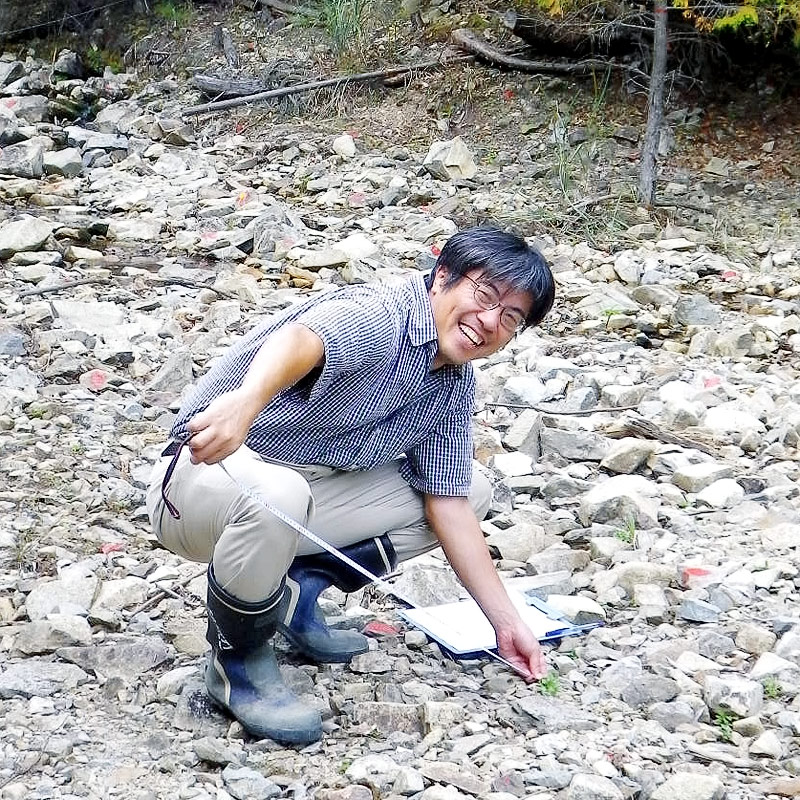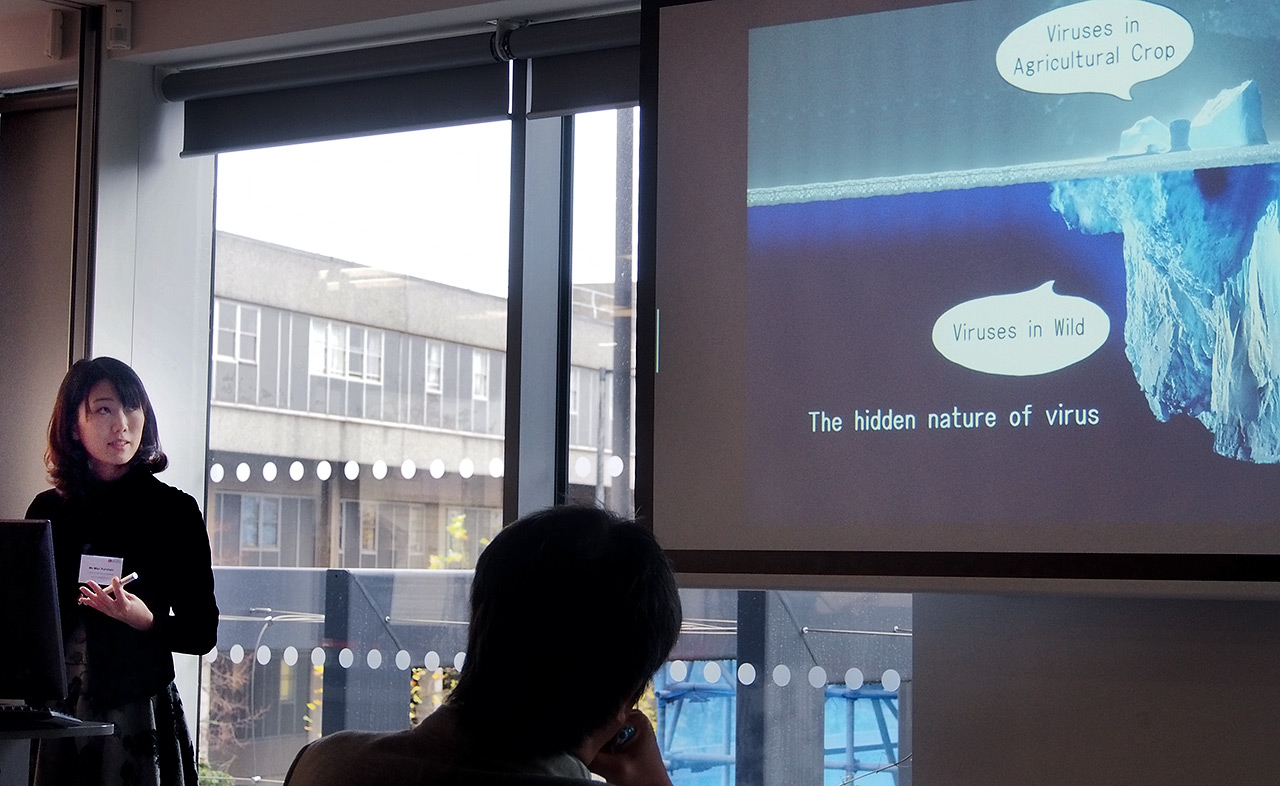Plant Molecular Phenolgy
Plant Molecular Phenolgy is open Example:FLC、CCA1
Citation: Nagano AJ, Kawagoe T, Sugisaka J, Honjo MN, Iwayama K, Kudoh H (2019) Annual transcriptome dynamics in natural environments reveals plant seasonal adaptation, Nature Plants (Journal)
News
2024.06.04.
Publication updated
2019.11.01.
Publication updated
2017.08.31.
Publication updated
The following two papers were accepted.2017.05.10.
Publication updated
The following three papers were accepted.2017.05.09.
Member updated
2016.12.15.
The following three papers were accepted.
- Mari Kamitani, Atsushi J. Nagano; Mie N. Honjo; Hiroshi Kudoh (2016), "RNA-Seq reveals virus-virus and virus-plant interactions in nature". FEMS Microbiology Ecology URL: https://goo.gl/ooAsY2
- Rie Shimizu-Inatsugi, Aika Terada, Kyosuke Hirose, Hiroshi Kudoh, Jun Sese, Kentaro K. Shimizu (2016) "Plant adaptive radiation mediated by polyploid plasticity in transcriptomes". Molecular Ecology
- Nishio H, Buzas DM, Nagano AJ, Suzuki Y, Sugano S, Ito M, Morinaga S-I, Kudoh H. (2016) "From the laboratory to the field: assaying histone methylation at FLOWERING LOCUS C in naturally growing Arabidopsis halleri". Genes & Genetic Systems
2016.12.15.
The nomenclature of Eastern Asian populations traditionally assigned to Cardamine flexuosa has remained unresolved since 2006, when they were found to be distinct from the European species C.flexuosa. Apart from the informal designation “Asian C. flexuosa”, this taxon has also been reported under the names C. flexuosa subsp. debilis or C. hamiltonii. We determine its correct species name to be C. occulta and present a nomenclatural survey of all relevant species names.
Karol Marhold, Marek Šlenker, Hiroshi Kudoh, Judita Zozomová-Lihová (2016) “Cardamine occulta, the correct species name for invasive Asian plants previously classified as C. flexuosa, and its occurrence in Europe“. PhytoKeys
2015.11.18.
Prof. Kudoh and Miss Kamitani made presentations in ”Bristol-Heidelberg-Kyoto Symposium” hold at the University of Bristol.
Nov. 2015
Three papers have been accepted.
- Kudoh H. (in press) Molecular phenology in plants: systems biology for the comprehensive understanding of seasonal responses under natural environments. New Phytologist doi:10.1111/nph.13733
- Sato Y., Kudoh H. (in press) Associational effects against a leaf beetle mediate a minority advantage in defense and growth between hairy and glabrous plants. Evolutionary Ecology doi:10.1007/s10682-015-9809-0
- Sakaguchi S., Sugino T., Tsumura Y., Ito M., Crisp M.D., Bowman M.J.S.D., Nagano A.J., Honjo M.N., Yasugi M., Kudoh H., Matsuki Y., Suyama Y., Isagi Y. (in press) High-throughput linkage mapping of Australian white cypress pine (Callitris glaucophylla) and map transferability to related species. Tree Genetics & Genomes doi:10.1007/s11295-015-0944-0
Feb. 2015
Two original papers have been accepted.
- Ushio M, Yamasaki E, Takasu H, Nagano AJ, Honjo MN, Fujinaga S, Ikemoto M, Sakai S, Kudoh H (in press)
Microbial communities on flower surfaces act as signatures of pollinator visitation. Scientific Reports - Sato Y, Kudoh H (in press) Tests of associational defence provided by hairy plants for glabrous plants of Arabidopsis halleri subsp. gemmifera against insect herbivores.Ecological Entomology doi:10.1111/een.12179.
Welcome to Kudoh lab.

Plant Evolutionary Ecology: from Molecular Mechanisms to Adaptation
The aim of our research group is to study ecological processes in adaptation and diversification of plants. We apply the molecular ecological approach to study wild Brassicaceae.



